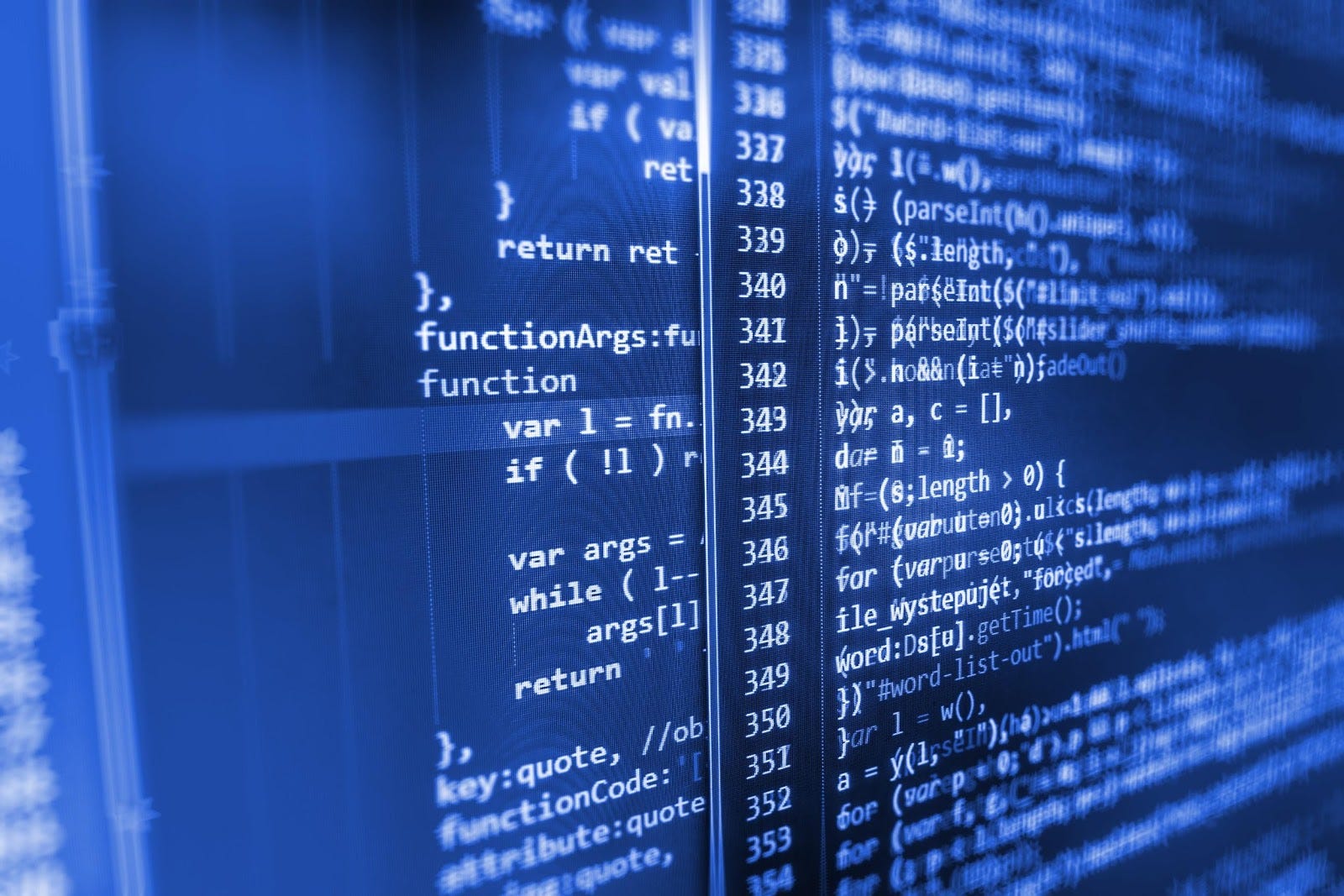You’ve probably heard of machine learning and artificial intelligence, but are you sure you know what they are? If you’re struggling to make sense of them, you’re not alone. There’s a lot of buzz that makes it hard to tell what’s science and what’s science fiction. Starting with the names themselves… Machine learning is a thing-labeler, essentially. I’m a statistician and neuroscientist by training, and we statisticians have a reputation for picking the driest, most boring names for things. We like it to do exactly what it says on the tin. You know what we would have named machine learning? The Labelling of Stuff! Contrary to popular belief, machine learning is not a magical box of magic, nor is it the reason for $30bn in VC funding. At its core, machine learning is just a thing-labeler, taking your description of something and telling you what label it should get. Which sounds much less interesting than what you read on Hacker News. But would you have gotten excited enough to read about this topic if we’d called it thing-labeling in the first place? Probably not, which goes to show that a bit of marketing and dazzle can be useful for getting this technology the attention it deserves (though not for the reasons you might think).
It’s phenomenally useful, but not as sci-fi as it sounds.
What about artificial intelligence (AI)? While the academics argue about the nuances of what AI is and isn’t, industry is using the term to refer to a particular type of machine learning. In fact, most of the time people just use them interchangeably, and I can live with that. So AI’s also about thing-labeling. Were you expecting robots? Something sci-fi with a mind of its own, something humanoid? Well, today’s AI is not that. But we’re a species that sees human traits in everything. We see faces in toast, bodies in clouds, and if I sew two buttons onto a sock, I might end up talking to it. That sock puppet’s not a person, and neither is AI — it’s important to keep that in mind. Is that a letdown? Chin up! The real thing is far more useful.
Let me show you why you should be excited. What do you see in the photo?
 What kind of animal is this? Easy, huh? Now tell me what your brain did with those pixels to get that answer.
What kind of animal is this? Easy, huh? Now tell me what your brain did with those pixels to get that answer.
You just took in some pretty complex data through your senses and, as if by magic, you labeled it ‘cat.’ That was so easy for you! How about if we wanted a computer to do the same task, to classify (label) photos as cat/not-cat?
Machine learning is a new programming paradigm, a new way of communicating your wishes to a computer.
In the traditional programming approach, a programmer would think hard about the pixels and the labels, communicate with the universe, channel inspiration, and finally handcraft a model. A model’s just a fancy word for recipe, or a set of instructions your computer has to follow to turn pixels into labels.
 A model is a recipe that a computer uses to turn data into labels. It’s just some code that the machine uses to convert inputs into outputs, and could be handcrafted by a programmer or learned from data by an algorithm.
A model is a recipe that a computer uses to turn data into labels. It’s just some code that the machine uses to convert inputs into outputs, and could be handcrafted by a programmer or learned from data by an algorithm.
But think about what those instructions would be. What are you actually doing with these pixels? Can you express that? Your brain had the benefit of eons of evolution and now it just works, you don’t even know how does it. That recipe is pretty hard to come up with.
Explain with examples, not instructions.
Wouldn’t it be better if you could just say to the computer, “Here, look at a bunch of examples of cats, look at a bunch of examples of not-cats, and just figure it out yourself”? That is the essence of machine learning. It is a completely different programming paradigm. Now, instead of giving explicit instructions, you program with examples and the machine learning algorithm finds patterns in your data and turns them into those instructions you couldn’t write yourself. No more handcrafting of recipes!
AI allows you to automate the ineffable.
Why is that exciting? This is about expressing our wishes to computers in a way we couldn’t before. We love to get computers to do stuff for us. But how can we possibly give instructions if the instructions are really hard to think up? If they’re ineffable?
AI and machine learning are about automating the ineffable. They’re about explaining yourself using examples instead of instructions. This unlocks a huge class of tasks that we couldn’t get computers to help us with in the past because we couldn’t express the instructions. Now all of these tasks become possible — machine learning represents a fundamental leap in human progress. It is the future and the future is here!
No comments:
Post a Comment